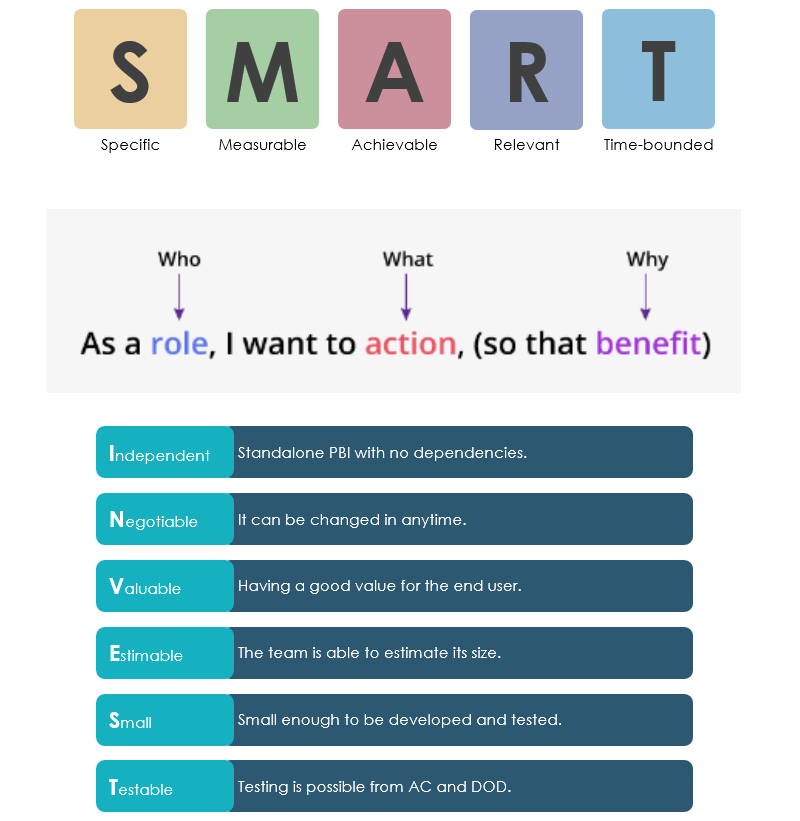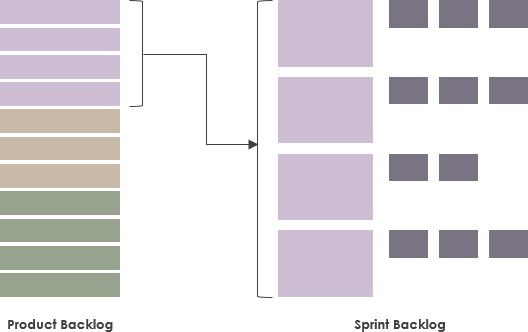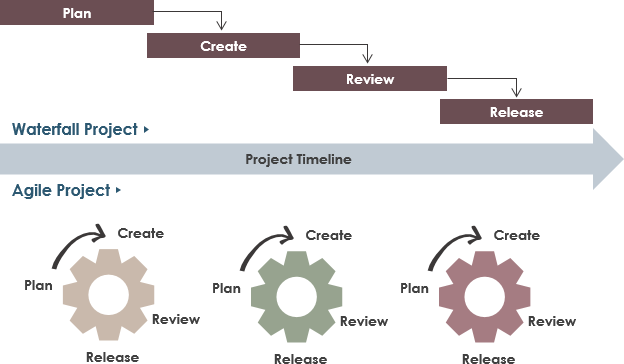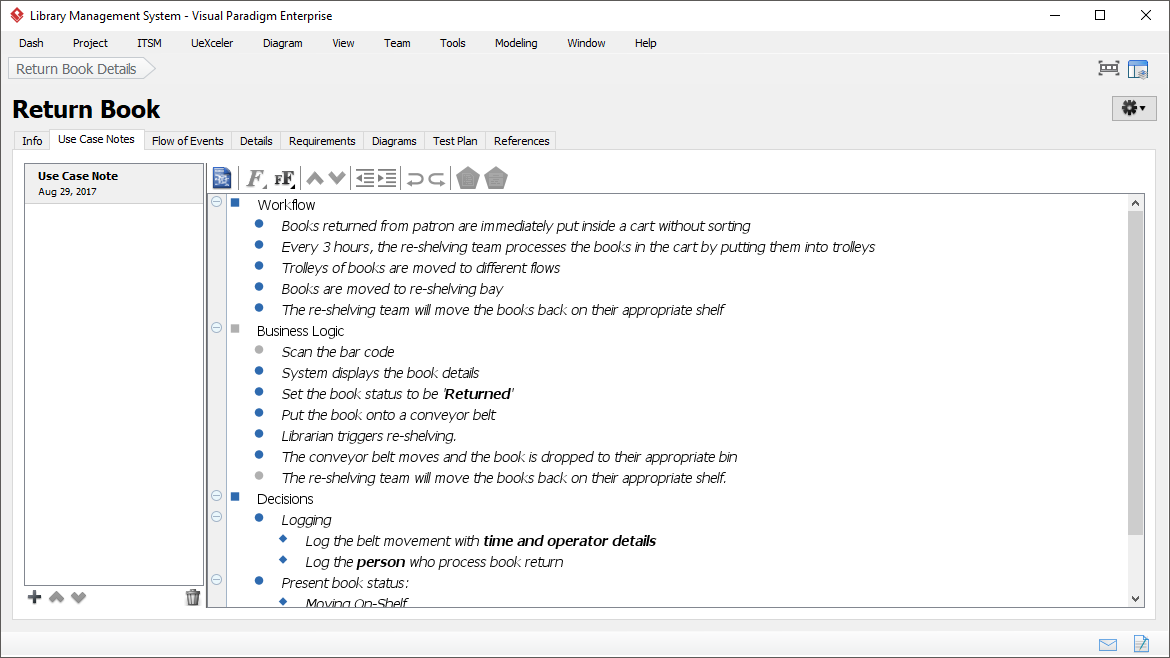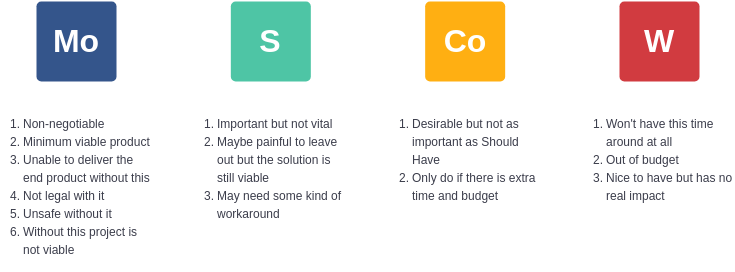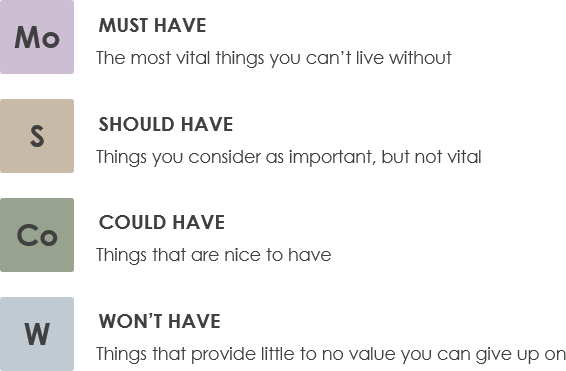How to Write Effective User Stories: A Guide for Product Teams
What to Write Effective User Stories User stories are a crucial part of the product development process, serving as a tool for capturing user needs and guiding the development of new features and functionality. However, writing effective user stories is not always easy. It requires a deep understanding of the user, the product, and the business goals, as well as the ability to communicate clearly and concisely. In this article, we will provide a comprehensive guide for product teams on how to write effective user stories. What is a User Story User stories…continue reading →

